Best Practices Articles

Structuring a High-Impact Partner Advisory Council
A Partner Advisory Council (PAC) succeeds only when it has the right structure. Without clear goals and key participants, it wastes time and delivers little value. Companies must build a solid foundation, select key partners, and conduct effective meetings to ensure success. A well-structured PAC helps businesses strengthen partner engagement, improve collaboration, and create a thriving partner ecosystem.
This article explains how to design a Partner Advisory Council that drives meaningful outcomes. Companies that prioritize structure, active participation, and clear execution will see long-term benefits. A strong PAC leads to better business alignment, improved partner enablement, and higher engagement levels. By creating a structured council, organizations can build strong partner relationships, foster innovation, and stay competitive.
Why Structure Matters in a Partner Advisory Council
A Partner Advisory Council only works when structured correctly. Without a clear framework, businesses may struggle to gather valuable insights from their partners. A well-structured PAC ensures partners contribute useful feedback, which helps improve business strategies.
It bridges the gap between company goals and partner needs. This alignment reduces potential conflicts and creates a more effective collaboration.
Companies that implement a structured PAC experience higher efficiency in their partner programs. A well-organized council allows businesses to establish best practices and refine strategies based on real-world partner feedback. Without structure, PAC meetings can become ineffective discussions with no clear direction. By using a structured approach, businesses can improve strategies, training, and incentives with partner insights.
Businesses that organize their PAC effectively gain a competitive advantage. Companies with engaged and active partner councils often perform better than those that do not prioritize partner input. A well-run PAC increases partner loyalty, enhances engagement, and refines go-to-market strategies. Organizations with structured councils build stronger partner relationships, align business goals, and improve collaboration.
Selecting the Right Mix of Partners
The success of a Partner Advisory Council depends on selecting the right mix of partners. A diverse group ensures balanced discussions and prevents bias toward a single business model. Companies should invite partners that represent different levels of business impact and industry expertise. A diverse PAC helps organizations learn from partners at different business stages and markets.
Strategic partners should be part of the council. These high-revenue and high-engagement partners influence market trends and product adoption. Their feedback is critical in shaping key business strategies.
Strategic partners offer valuable insights into industry trends, competitive dynamics, and potential opportunities for business expansion. Their participation in the PAC helps vendors understand market needs and develop better products and services.
Mid-market and growth partners also play an essential role. They provide insights into the challenges of scaling businesses and meeting emerging customer needs. Their feedback helps companies develop better enablement programs that support a wider range of partners. These partners connect big enterprises with small businesses, making partner programs more inclusive.
Industry-specific or vertical-focused partners add another layer of value. Their expertise helps businesses adapt to market trends and develop solutions that cater to specific industries. These partners know their markets well and guide vendors in adapting strategies. Their involvement in a PAC allows organizations to tailor their solutions to the needs of various industries.
Technology and service integration partners also play a crucial role in a PAC. Solution providers, managed service providers (MSPs), and system integrators offer insights into deployment challenges and integration best practices. Their input ensures that partner programs remain practical and effective. These partners work with customers and give feedback on product and service improvements.
By choosing diverse partners, organizations keep their PAC valuable and balanced. This prevents one-sided views and encourages all partners to share insights.
Setting Clear Goals and Expectations
A high-impact Partner Advisory Council requires well-defined goals. These goals should align with business growth and partner satisfaction. Companies must ensure that their PAC improves partner onboarding, training, and enablement strategies.
The council should also optimize partner incentives and profitability models. A strong PAC enhances collaboration in marketing, sales, and support initiatives. It should also identify and resolve operational challenges that impact partner success.
Partners must understand their role in the council. They need to know how their feedback influences business decisions. Companies should also communicate the frequency of meetings and the level of commitment required.
When expectations are clear, partners are more likely to participate actively and contribute valuable insights. Businesses should also explain how partner feedback will lead to tangible changes. When partners see that their input has an impact, they remain engaged and motivated.
Companies must define how to measure success within the PAC. Businesses should track engagement levels, action items completed, and improvements made based on partner feedback. Having clear key performance indicators (KPIs) ensures that the PAC remains focused and continues delivering value to all participants.
Structuring Effective PAC Meetings
Even with the right partners and goals, a PAC will not be effective without structured meetings. Companies should schedule meetings at least twice a year. In addition to these in-person meetings, businesses should conduct virtual check-ins to maintain engagement.
Virtual meetings allow for quick updates and immediate issue resolution. They also help organizations reach a global partner base. In-person meetings provide opportunities for deeper strategic discussions. They also help strengthen relationships and encourage participation from company executives.
Companies should base PAC meetings on data-driven insights. Real-time partner analytics help businesses identify key discussion points and make informed decisions. Meetings should also include partner-led discussions.
Businesses must ensure that partners have dedicated time to share their insights and experiences. This approach encourages open conversations and makes partners feel valued. To maintain accountability, companies should track follow-up actions. Assigning action items and monitoring outcomes ensures that meetings remain productive and goal-oriented.
Organizations should also focus on making PAC meetings interactive. Instead of simply presenting updates, companies should create opportunities for discussions, brainstorming, and problem-solving. Engaging partners in meaningful ways ensures that their participation remains active and valuable.
Measuring PAC Success
A Partner Advisory Council must demonstrate measurable impact. Companies should track key metrics to evaluate PAC effectiveness. Partner Net Promoter Score (NPS) is a valuable indicator of partner satisfaction and engagement levels.
A strong NPS score shows that partners see value in the council and remain committed to participation. Companies should also measure the implementation rate of partner feedback. Tracking how many partner suggestions lead to actual business changes highlights the PAC’s effectiveness.
Another important metric is revenue impact. Businesses should determine whether PAC-led decisions contribute to partner-driven revenue growth. Creating a partner scorecard helps organizations track key performance indicators.
The scorecard should include meeting attendance and engagement levels. It should also monitor action items and measure partner retention and satisfaction trends. Companies that consistently track these metrics ensure that their PAC remains valuable and continues to evolve.
By refining strategies and using feedback, companies keep their PAC vital to their partner program. When businesses focus on structure, engagement, and measurement, they create an environment where both vendors and partners thrive.
Best Practices Guidebook
 The Ultimate Guide to Partner Marketing Success Best Practices
The Ultimate Guide to Partner Marketing Success Best PracticesDownload Guide
 How to Start and Scale Partner Ecosystems Best Practices
How to Start and Scale Partner Ecosystems Best PracticesDownload Guide
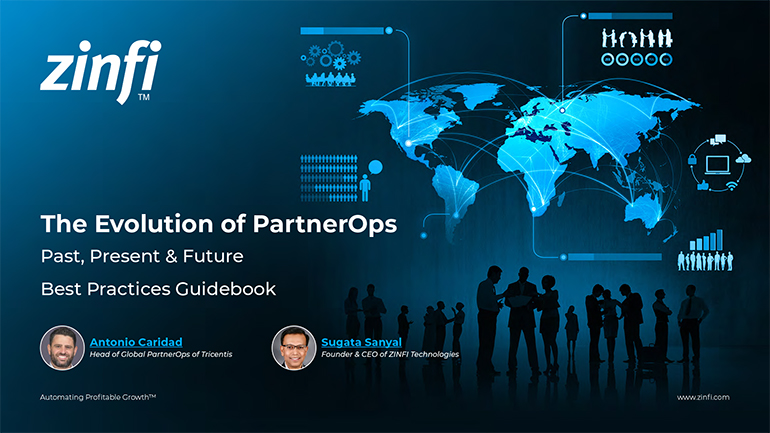 The Evolution of PartnerOps: Past, Present & Future Best Practices
The Evolution of PartnerOps: Past, Present & Future Best PracticesDownload Guide
 Mastering Channel Sales: Strategies, Best Practices, and Growth Tactics for 2025
Mastering Channel Sales: Strategies, Best Practices, and Growth Tactics for 2025Download Guide
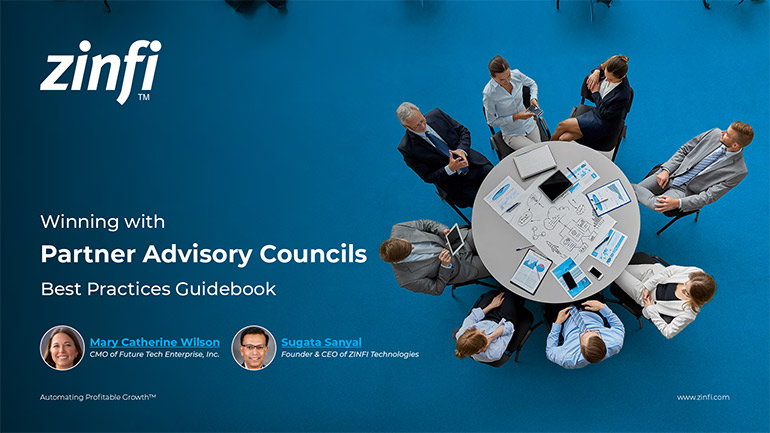 Winning with Partner Advisory Councils: Best Practices for Partner Engagement & Growth
Winning with Partner Advisory Councils: Best Practices for Partner Engagement & GrowthDownload Guide
 The Future of Partner Ecosystems Best Practices
The Future of Partner Ecosystems Best PracticesDownload Guide
 The AI Revolution: How Technology and Talent are Shaping the Future
The AI Revolution: How Technology and Talent are Shaping the FutureDownload Guide
 Top 105 Partner Management Metrics that Matter Best Practices
Top 105 Partner Management Metrics that Matter Best PracticesDownload Guide
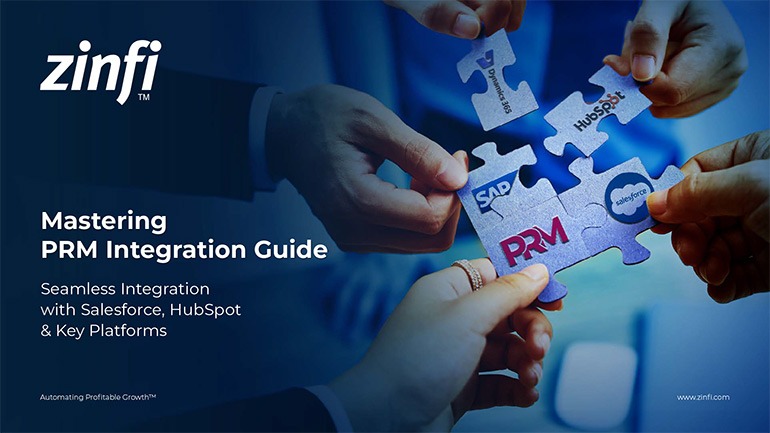 Mastering PRM Integration Best Practices
Mastering PRM Integration Best PracticesDownload Guide
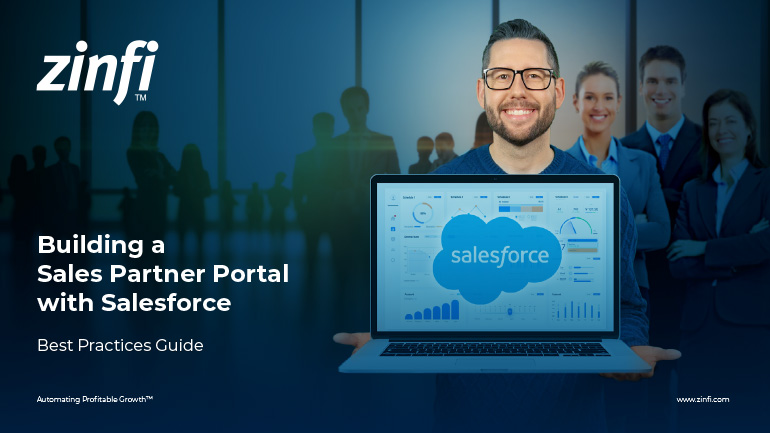 Building a Sales Partner Portal with Salesforce Best Practices
Building a Sales Partner Portal with Salesforce Best PracticesDownload Guide
 Building and Managing Partner Ecosystems Best Practices
Building and Managing Partner Ecosystems Best PracticesDownload Guide
 Mastering Co-Marketing and Co-Selling Best Practices
Mastering Co-Marketing and Co-Selling Best PracticesDownload Guide
 Transforming Partner Ecosystems Best Practices
Transforming Partner Ecosystems Best PracticesDownload Guide
 Mastering Partner Ecosystems Best Practices
Mastering Partner Ecosystems Best PracticesDownload Guide
 Mastering Partner Onboarding Best Practices
Mastering Partner Onboarding Best PracticesDownload Guide
 Partner Ecosystem Management Best Practices
Partner Ecosystem Management Best PracticesDownload Guide
 B2B Marketing in the Age of Intelligence Best Practices
B2B Marketing in the Age of Intelligence Best PracticesDownload Guide
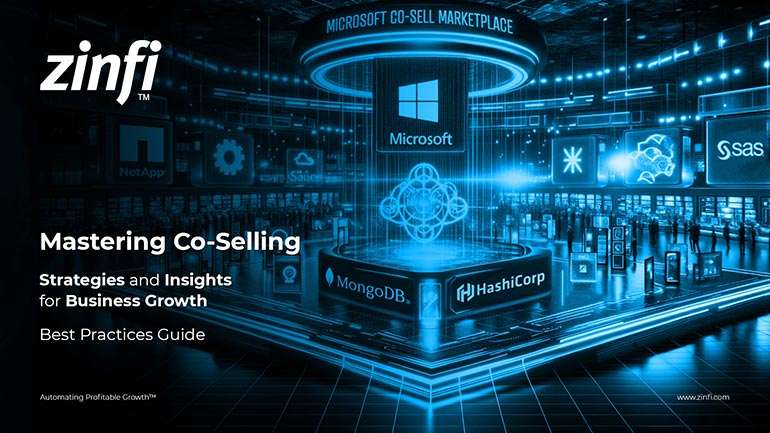 Multi-Partner Co-Selling Best Practices
Multi-Partner Co-Selling Best PracticesDownload Guide







